Retro Replay Review
Gameplay
The Institute delivers a uniquely unsettling gameplay experience that leans heavily on its text-driven mechanics. Players assume the role of John, a mental patient trapped in a nightmarish asylum, and must navigate his environment using a streamlined two-word parser. While this limited input system may feel restrictive at first, it actually enhances the game’s oppressive atmosphere by forcing you to choose each action deliberately.
Puzzle-solving in The Institute emphasizes environmental interaction and inventory management. You’ll combine mundane items—like a broken mirror shard or a tattered notebook—with clues gleaned from John’s hallucinations to unlock new areas of the hospital. Although the puzzles are modest in complexity, they serve the darker narrative rather than overshadow it, ensuring that every success feels like a hard-won victory against your own fraying sanity.
Interspersed between exploration sections are haunting “drug therapy” sequences, where you drift in and out of consciousness on the closet floor. These hallucinations are more than ornamental: they reveal critical information about John’s past, his relationships, and the disturbing experiments conducted in the Institute. This cycle of waking and dreaming keeps the gameplay loop engaging, with each dream sequence providing both insight and fresh objectives.
Despite its text-only format, The Institute rarely feels dull or repetitive. The combination of terse text commands, atmospheric descriptions, and unpredictable hallucinations creates a tense rhythm. Players who enjoy slow-burn mysteries and cerebral challenges will find the gameplay deeply rewarding, even if it diverges from more action-oriented adventures.
Graphics
As a text-based adventure, The Institute forgoes traditional visuals in favor of rich, descriptive prose. There are no pixelated corridors or rendered character models—every corridor, cell door, and shadowy corner is conjured through words alone. This minimalist approach demands imagination, turning your mind into the primary display engine.
The user interface is clean and unobtrusive, with clearly delineated text areas and a simple prompt bar for your two-word commands. There’s a subtle retro aesthetic to the game’s console window, complete with atmospheric background colors and typewriter-style fonts that evoke classic 1980s text adventures. This design choice reinforces the feeling of reading a twisted diary or secret journal.
Sound is absent, which might disappoint those seeking ambient music or voice acting. However, the detailed descriptions of echoing footsteps, distant screams, and the soft scratching of inmates against cell bars more than compensate for the silence. The game’s reliance on textual imagery means that every creak and moan becomes a product of your own imagination, heightening the sense of dread.
In sum, the so-called “graphics” of The Institute are a testament to the power of well-crafted language. If you appreciate the aesthetic of pure text adventures and can envision horrors through evocative writing, you’ll find the game’s presentation profoundly immersive.
Story
The heart of The Institute is its dark, surreal narrative. You play as John, a patient convinced he is losing his mind at the hands of a sinister psychologist and sadistic doctors. Over the course of the game, you piece together fragments of John’s past—his relationships, mental health struggles, and the traumatic events that led him to this forsaken place.
Each hallucination sequence serves as both a storytelling device and a window into John’s psyche. In these moments, you relive key memories, encounter allegorical figures, and confront the guilt or fear that resides within him. These dreamscapes are often unsettling, but they provide vital context for the asylum’s experiments and the motivations of the characters who haunt its halls.
The dialogues with the taunting doctors and raving inmates are a highlight, combining dark humor with genuine horror. Conversations feel unpredictable, as doctors might shift from mocking to menacing in a single line. This volatility keeps you on edge, reinforcing the notion that not even brief interactions in the Institute can be trusted.
By the time you understand how and why John ended up in the asylum, the story has already taken you through a maze of paranoia, suspense, and pathos. The Institute doesn’t rely on jump scares or gore; instead, it unsettles you through psychological tension and fragmented revelations, making the escape feel both urgent and deeply personal.
Overall Experience
The Institute stands out as a bold experiment in text-based horror, merging classic interactive fiction mechanics with a relentlessly disturbing atmosphere. Its strengths lie in its narrative depth and the way it uses limited gameplay tools to foster a sense of claustrophobia and unease. If you’re seeking an adventure that challenges your mind more than your reflexes, this game will deliver.
That said, The Institute is not for everyone. Players who expect high-definition graphics, complex control schemes, or rapid action sequences may find the pace too languid and the interface too bare-bones. However, fans of psychological thrillers, classic text adventures, and atmospheric storytelling will appreciate the game’s unique charm.
Ultimately, The Institute offers a haunting journey into madness, powered entirely by its written word. It’s a reminder that fear can thrive in the theater of the mind, and that sometimes the most vivid horror is the kind you imagine yourself. For anyone craving a cerebral, unsettling escape, this asylum’s doors are waiting to ensnare you.
 Retro Replay Retro Replay gaming reviews, news, emulation, geek stuff and more!
Retro Replay Retro Replay gaming reviews, news, emulation, geek stuff and more!
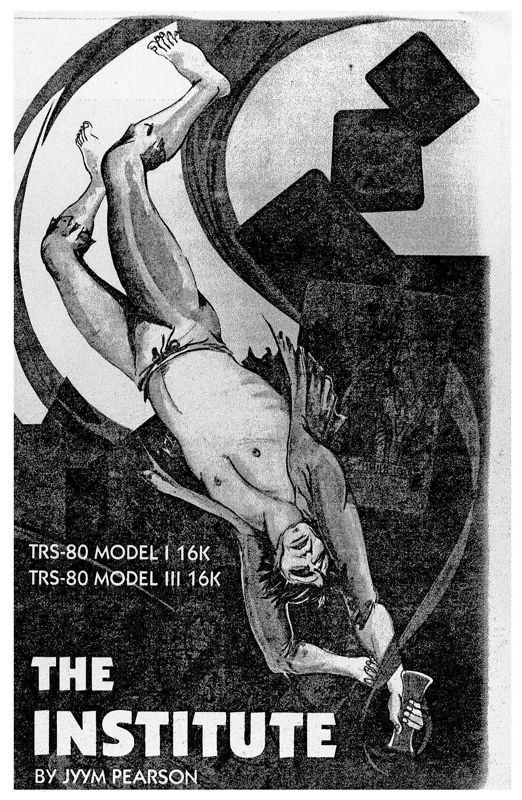
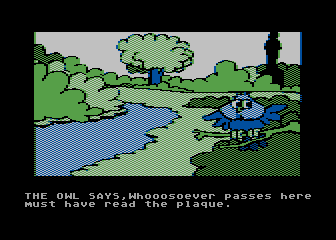
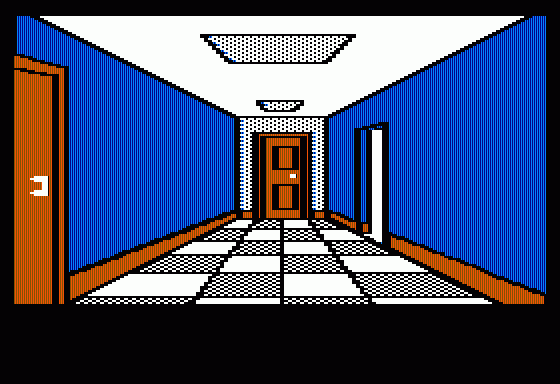
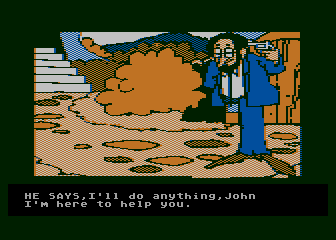
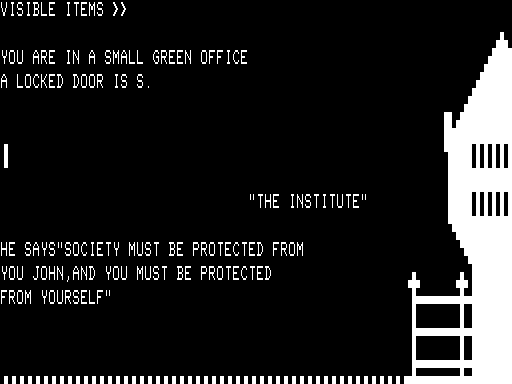
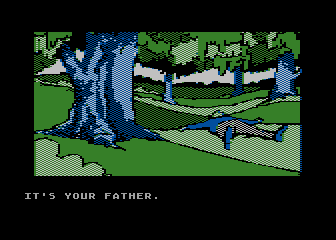


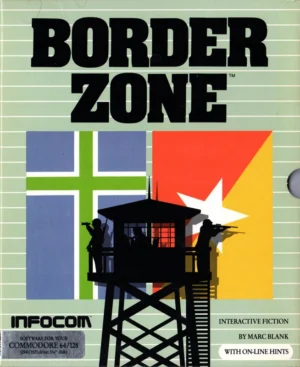
Reviews
There are no reviews yet.